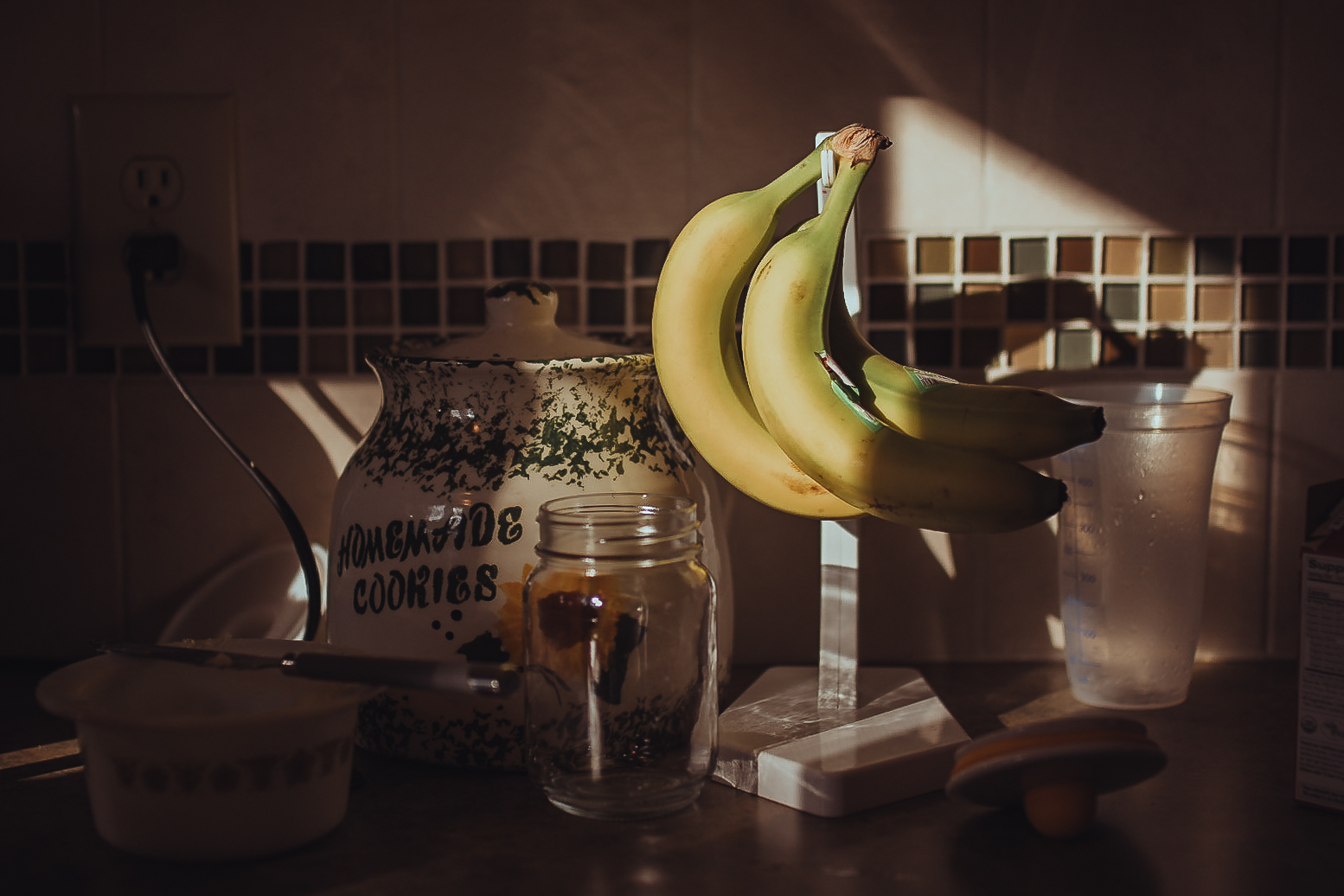
All foods are good foods in moderation and bad in excess. The key to eating right is to have a well-balanced diet of foods that fuel your body.
There are hundreds of diets out there that restrict certain food groups, calorie intake, and the timing of when you eat. On social media platforms, such as Tik Tok and Instagram, this can cause confusing, contradicting and misinformation about the different food groups. It’s easy to be confused about what foods are and are not good for you, so let’s debunk a few nutrition myths together!
Myth: Sugar is bad for you.
Fact: Natural sugars help fuel your body.
Fruits, such as bananas contain natural sugars and other nutrients such as fiber and potassium. Sugar is a type of carbohydrate that your body uses as its main source of energy.
Natural sugars are better than added sugars, such as those found in candy and pastries. As we said earlier, it’s all about healthy moderation.
Myth: Oranges are the only reliable source of vitamin C.
Fact: Many foods contain vitamin C.
A single cup of chopped red peppers supplies three times the amount of vitamin C than an orange does. You can incorporate red pepper into your everyday meals by adding it as a pizza topping or by adding slices to your scrambled eggs in the morning.
Strawberries naturally have 31% more vitamin C per gram than oranges do. They also have the added benefit of promoting red blood cell formation. Add a delicious strawberry smoothie to your morning meal for a quick and effortless way to get more vitamin C in your diet.
Myth: You shouldn’t eat anything after 7 PM.
Fact: Eat when your body tells you to.
This myth stems from the intermittent fasting diet which focuses on the timing of when you eat foods versus the types of foods you are eating. Intermittent fasting can work for some who are trying to lose weight, but it’s not the best way to be healthy.
Instead, listen to your body and how it feels. If you feel hungry, have a snack, and avoid snacking out of boredom. It’s healthy to eat at any time of the day so long as you’re listening to your body’s hunger signals.
Myth: The sun is our only source of vitamin D.
Fact: You can get vitamin D from a variety of sources year-round.
The sun can give us a good amount of vitamin D while we are outdoors during the spring, summer, and fall. However, as it gets colder and we start to move indoors, it’s harder to soak up the sun. Taking a vitamin D supplement during the winter months can help support you and your mood. Vitamin D can also be found naturally in fish such as salmon and tuna, egg yolks, and even mushrooms.
Myth: Low-fat and fat-free products are always healthier.
Fact: Less processed foods are often better.
Low-fat and fat-free foods go through more processing than the normal alternatives do. During this process, they remove fats but often add more sugars and salts to make up for a loss in flavor.
You’re better off enjoying yogurt, nut butter, and all the cheesy goodness you desire.
Myth: Skinny always means you’re healthy.
Fact: Healthy bodies come in all shapes and sizes.
The size and shape of your body isn’t an indicator of how healthy or unhealthy you are. Instead of focusing on size and shape, you should focus on how your body feels. Fuel your body with the nutrients that make you feel good and avoid foods that cause you to feel bad, such as an upset stomach. All foods are good foods in moderation.